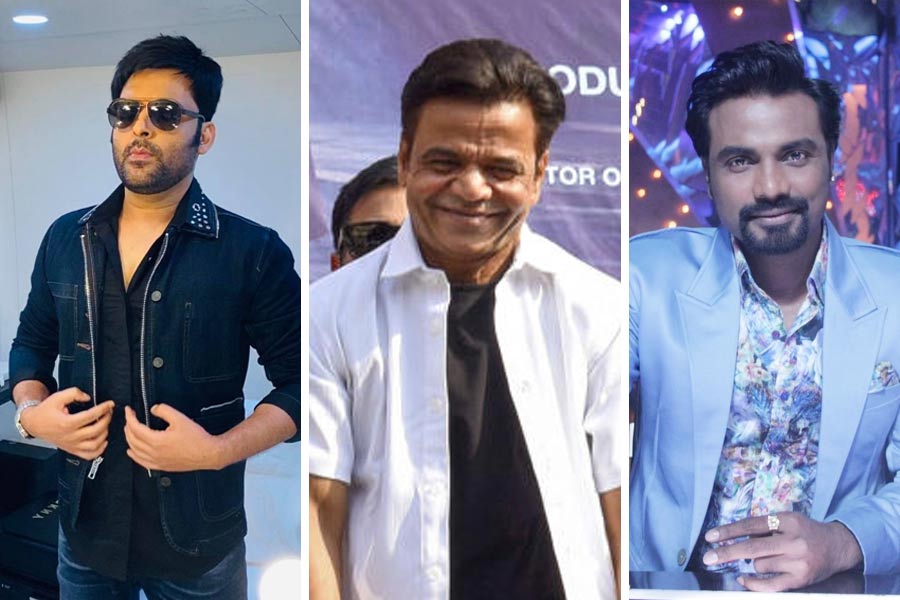Scientists studying fusion energy at Lawrence Livermore National Laboratory in California announced on Tuesday that they had crossed a major milestone in reproducing the power of the sun in a laboratory. Scientists for decades have said that fusion, the nuclear reaction that makes stars shine, could provide a future source of bountiful energy.
The result announced on Tuesday is the first fusion reaction in a laboratory setting that actually produced more energy than it took to start the reaction. “The fact that we were able to get more energy out than we put in provides an existence proof that this is possible,” said Mark Herrmann, program director for weapons physics and design at the Livermore lab.
“It can be built on and improved upon and made better and could potentially be a source of energy in the future.” From an environmental perspective, fusion has always had a strong appeal. Within the sun and stars, fusion continually combines hydrogen atoms into helium, producing sunlight and warmth that bathes the planets. In experimental reactors and laser labs on Earth, fusion lives up to its reputation as a very clean energy source, devoid of the pollution and greenhouse gases produced by the burning of fossil fuels and the dangerous long-lived radioactive waste created by current nuclear power plants, which use the splitting of uranium to produce energy.
There was always a nagging caveat, however. In all of the efforts by scientists to control the unruly power of fusion, their experiments consumed more energy than the fusion reactions generated. That changed on the morning of December 5, just over a week ago, when 192 giant lasers at the laboratory’s National Ignition Facility blasted a small cylinder about the size of a pencil eraser that contained a frozen nubbin of hydrogen encased in diamond. The laser beams entered at the top and bottom of the cylinder, vaporising it.
That generated an inward onslaught of X-rays that compresses a BBsize fuel pellet of deuterium and tritium, the heavier forms of hydrogen. In a brief moment lasting less than 100 trillionths of a second, 2.05 megajoules of energy — roughly the equivalent of a pound of TNT — bombarded the hydrogen pellet. Out flowed a flood of neutron particles — the product of fusion — which carried the energy equivalent of about 1.5 pounds of TNT, or an energy gain of about 1.5. This crossed the threshold that laser fusion scientists call ignition, the dividing line where the energy generated by fusion equals the energy of the incoming lasers that start the reaction.
The successful experiment finally delivers the ignition goal that was promised when construction of the National Ignition Facility started in 1997. When operations began in 2009, however, the facility hardly generated any fusion at all, an embarrassing disappointment after a $3.5 billion investment from the federal government.
In 2014, Livermore scientists finally reported some success, but the energy produced was minuscule — the equivalent of what a 60-watt light bulb consumes in five minutes. Progress over the next few years was slight and small. Then, in August last year, the facility produced a much larger burst of energy — 70 per cent as much energy as the laser light energy. Dr Herrmann said the researchers then performed a series of experiments to better understand the surprising August success, and they worked to bump up the energy of lasers by almost 10 per cent and improve the design of the hydrogen targets.
The first laser shot at 2.05 megajoules was performed in September, and that first try produced 1.2 megajoules of fusion energy. Moreover, the analysis showed that the spherical pellet of hydrogen was not squeezed evenly, and some of the hydrogens essentially squirted out the side and did not reach fusion temperatures. The scientists made some adjustments that they believed would work better. “The prediction ahead of the shot was that it could go up a factor of two,” Dr Herrmann said. “In fact, it went up a little more than that.”
The main purpose of the National Ignition Facility is to conduct experiments to help the US maintain its nuclear weapons. By performing these nuclear reactions in a lab at a less destructive scale, scientists aim to replace the data they used to gather from underground nuclear bomb detonations, which the US stopped in 1992. The greater fusion output from the facility will produce more data “that allows us to maintain the confidence in our nuclear deterrent without the need for further underground testing,” Dr Herrmann said.
“This just expands our abilities there, allows us to do work with fewer extrapolations and with more confidence.” Riccardo Betti, chief scientist of the Laboratory for Laser Energetics at the University of Rochester, who was not involved with this particular Livermore experiment, said, “This is the goal, to demonstrate that one can ignite a thermonuclear fuel in the laboratory for the first time.” “And this was done,” he added. “So this is a great result.”
The implications of the experiment for producing energy are much more tentative. “To go from there to actual energy on the grid is a very long and difficult path,” Dr Betti said. Fusion would be essentially an emissions-free source of power, and it would help reduce the need for power plants burning coal and natural gas, which pumps billions of tons of planet-warming carbon di oxide into the atmosphere each year. But fusion is unlikely to become available on a widespread, practical scale for decades, if ever. Most climate scientists and policymakers say that to achieve that goal of limiting warming to 2 degrees Celsius, or even the more ambitious target of 1.5 degrees Celsius of warming, the world must reach net-zero emissions by 2050.
(New York Times News Service)











